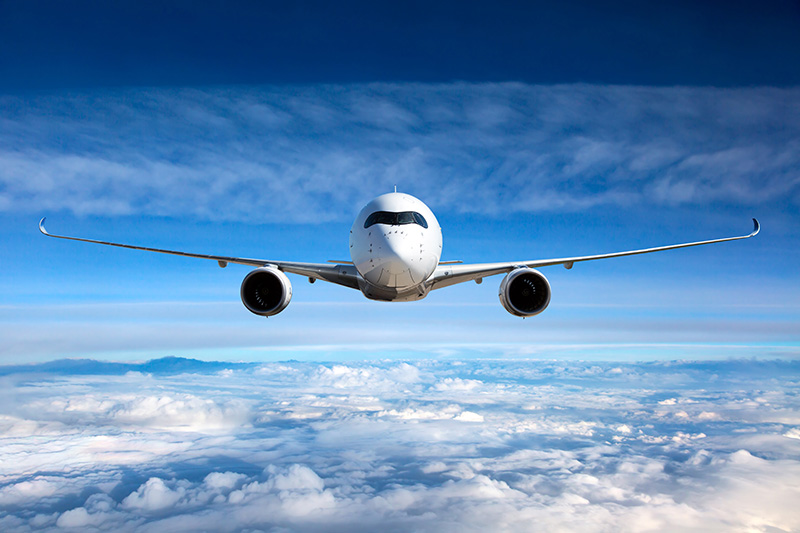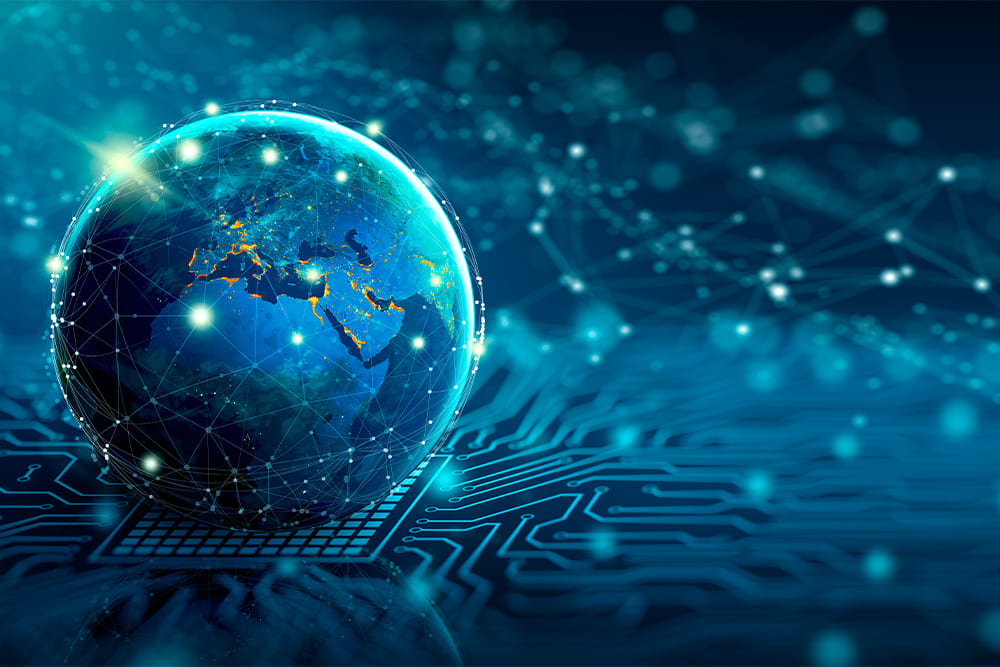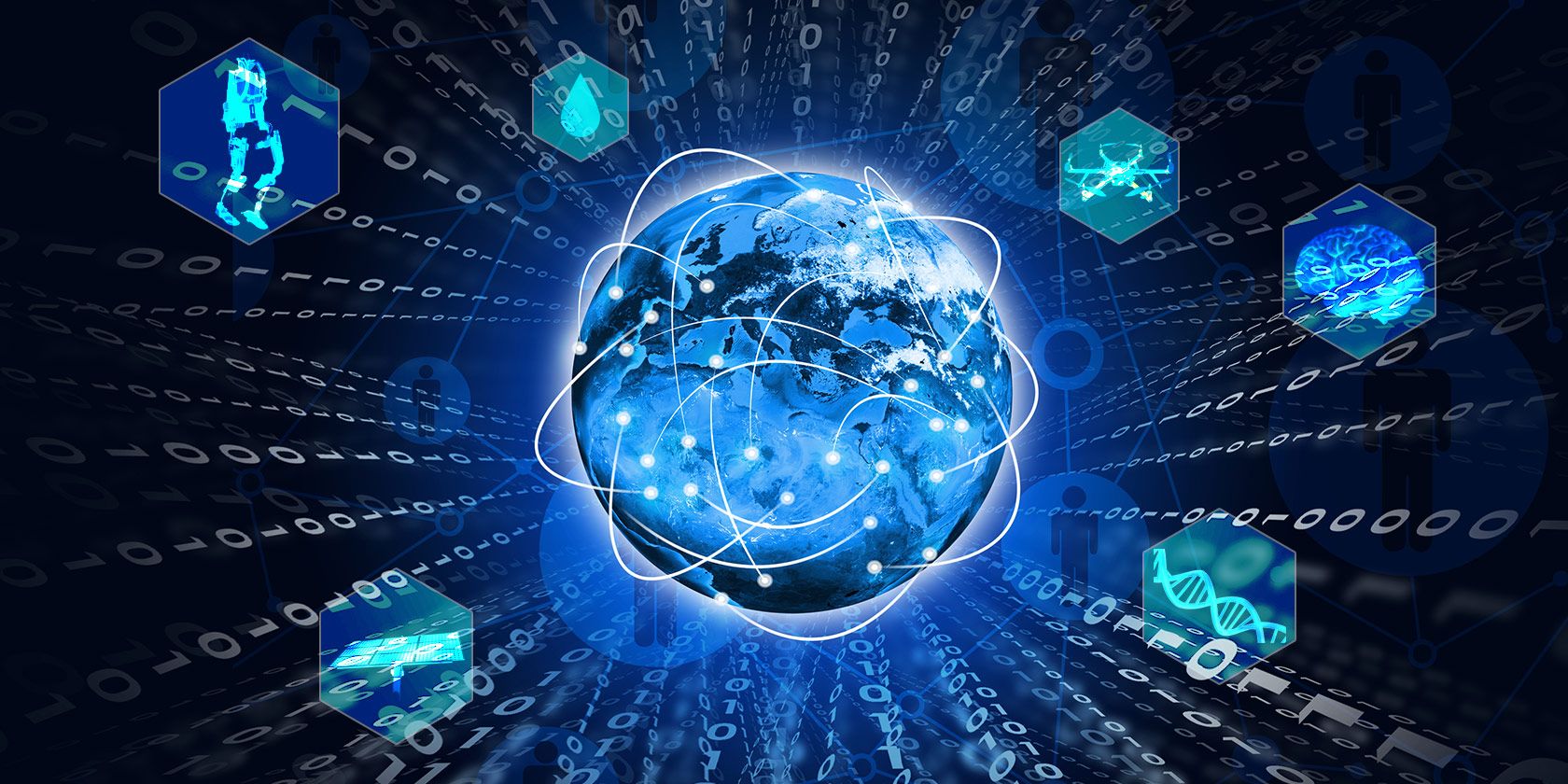How Real-Time Tracking Technology Revolutionizes the Distribution of Goods
Introduction: The Shift Toward Technology-Driven Distribution
The distribution of goods forms the backbone of modern commerce. With rising consumer expectations for speed and transparency, companies increasingly rely on advanced technology to stay competitive. One of the most significant ways technology can improve the distribution of goods is through real-time tracking -a system that allows stakeholders to monitor the location, condition, and status of goods at every stage of the supply chain. This advancement not only boosts efficiency but also builds trust and reduces costs in distribution operations [1] .
Understanding Real-Time Tracking Technology
Real-time tracking leverages tools such as GPS, IoT (Internet of Things) sensors, and telematics systems to provide up-to-the-minute information about shipments. These systems are integrated into vehicles, containers, and even individual packages, transmitting data that can be accessed by logistics managers, partners, and customers alike [2] . By utilizing these technologies, companies can:
- Pinpoint the exact location of goods at any moment
- Monitor environmental conditions (such as temperature or humidity) in transit
- Respond proactively to delays or disruptions
- Analyze performance and optimize routes for future deliveries
Example: GPS and Fleet Management
Consider a delivery business with a fleet of trucks. By implementing GPS tracking and telematics, managers can view every vehicle’s position in real time, reroute trucks to avoid traffic, and schedule maintenance based on actual usage data. This not only reduces delivery times and fuel consumption but also extends vehicle life and enhances customer satisfaction [3] .
Practical Steps to Implement Real-Time Tracking
For organizations aiming to modernize their distribution processes, implementing real-time tracking can seem daunting. However, breaking the process into manageable steps makes it achievable:
- Assess Your Current Operations: Identify bottlenecks or pain points where lack of visibility leads to delays, losses, or inefficiencies.
- Research Available Technologies: Look into GPS tracking devices, telematics platforms, and IoT sensors suitable for your fleet size and cargo types. Many providers offer scalable solutions for small and large businesses alike.
- Pilot the System: Start with a small portion of your fleet or inventory. Use the pilot phase to evaluate data accuracy, usability, and integration with your existing management systems.
- Train Staff: Ensure drivers, warehouse workers, and managers understand how to use the new tools. Training can include hands-on workshops or virtual modules, depending on your needs.
- Scale and Integrate: Once the pilot proves successful, gradually expand the system across your operation. Integrate real-time data with warehouse management, customer service, and analytics platforms for maximum benefit.
If you need help selecting a provider, you may contact your industry association or search for “real-time logistics tracking solutions” along with your industry or region to identify reputable vendors.
Benefits of Real-Time Tracking in Distribution
Deploying real-time tracking brings a host of tangible improvements:
- Increased Efficiency: Automating data collection and monitoring minimizes manual paperwork, phone calls, and errors that slow deliveries [1] .
- Improved Customer Experience: Customers can receive live updates and estimated arrival times, which increases transparency and satisfaction [4] .
- Reduced Loss and Theft: Real-time monitoring of high-value or sensitive shipments deters theft and allows quick intervention if issues arise [2] .
- Better Resource Utilization: Companies can optimize routes, reduce idle time, and improve asset usage, which lowers operating costs [3] .
- Enhanced Data for Decision-Making: Access to real-time and historical data enables more accurate forecasting and planning.
Case Study: Automated Warehousing and Tracking
Modern warehouses now use robotics and automation to complement real-time tracking systems. For example, MAHLE Aftermarket adopted an automated storage and retrieval system, paired with real-time inventory tracking, to maximize their warehouse capacity and speed up order fulfillment. This allowed them to handle more products in less space and respond rapidly to shifting customer demands [5] .
To explore similar solutions, you can engage with solution providers specializing in warehouse automation and request demonstrations or site visits to understand the integration process.
Potential Challenges and How to Overcome Them
While the benefits are compelling, implementing real-time tracking can present challenges:
- Initial Investment: Upgrading equipment and systems can require significant capital. However, many vendors offer leasing or subscription models to lower upfront costs.
- Data Integration: Combining new data streams with legacy systems may be complex. Seek platforms with open APIs or consult with IT specialists to ensure a smooth transition.
- Change Management: Training staff and adjusting workflows is necessary. Regular feedback sessions and phased rollouts can ease adoption.
- Data Security: As with any digital system, protecting sensitive shipment and customer data is crucial. Work with vendors who prioritize cybersecurity and regularly update software.
For companies beginning this journey, consider joining industry forums or attending logistics technology conferences to learn from peers and experts.

Source: giantbomb.com
Alternative and Complementary Approaches
While real-time tracking is highly effective, other technologies can also improve distribution:
- Drones: For remote or urgent deliveries, drones can bypass traffic and access hard-to-reach areas, reducing delivery times [4] .
- Blockchain: For industries requiring high transparency (such as pharmaceuticals or food), blockchain can securely track every transaction and handoff, reducing fraud and improving compliance [2] .
- Warehouse Robotics: Automated picking, packing, and sorting systems can further accelerate distribution and free up human workers for more complex tasks [5] .
To explore these alternatives, search for “drone delivery service providers” or “blockchain logistics platforms” and evaluate their fit for your specific distribution needs.
Getting Started: Next Steps for Your Organization
If you are interested in implementing real-time tracking or other distribution technologies, follow these general steps:
- Define your primary goals (speed, transparency, cost reduction, etc.).
- Assess your current technology stack and identify integration requirements.
- Research solution providers by searching for “real-time logistics tracking solutions” or consulting with your industry association.
- Request product demonstrations or pilot programs to evaluate ease of use and ROI.
- Develop an implementation plan that includes staff training, system integration, and data security protocols.
- Monitor results, collect feedback, and iterate on your processes to maximize benefits.
For further support, you may contact your local chamber of commerce, supply chain professional association, or logistics consulting firms specializing in digital transformation.
Conclusion
Technology-especially real-time tracking-offers one of the most immediate and impactful ways to improve the distribution of goods. By providing greater visibility, efficiency, and control, it helps businesses meet customer expectations and stay competitive in a rapidly evolving market. Organizations of all sizes can begin the journey by assessing their needs, researching proven solutions, and taking incremental steps toward a technology-enabled future.

Source: goinswriter.com
References
- [1] Mobisoft Infotech (2025). Future of Distribution Logistics & Smart Supply Chains.
- [2] AGI Global (2025). The Role of Technology in Optimising Haulage & Logistics Operations.
- [3] Savvycom (2025). 8 Ways Technology Has Transformed Transportation & Logistics.
- [4] ITS ASAP (2023). How Technology Benefits Logistics Companies.
- [5] Bringoz (2024). The Role of Technology in Modern Distribution.
MORE FROM oncecoupon.com













